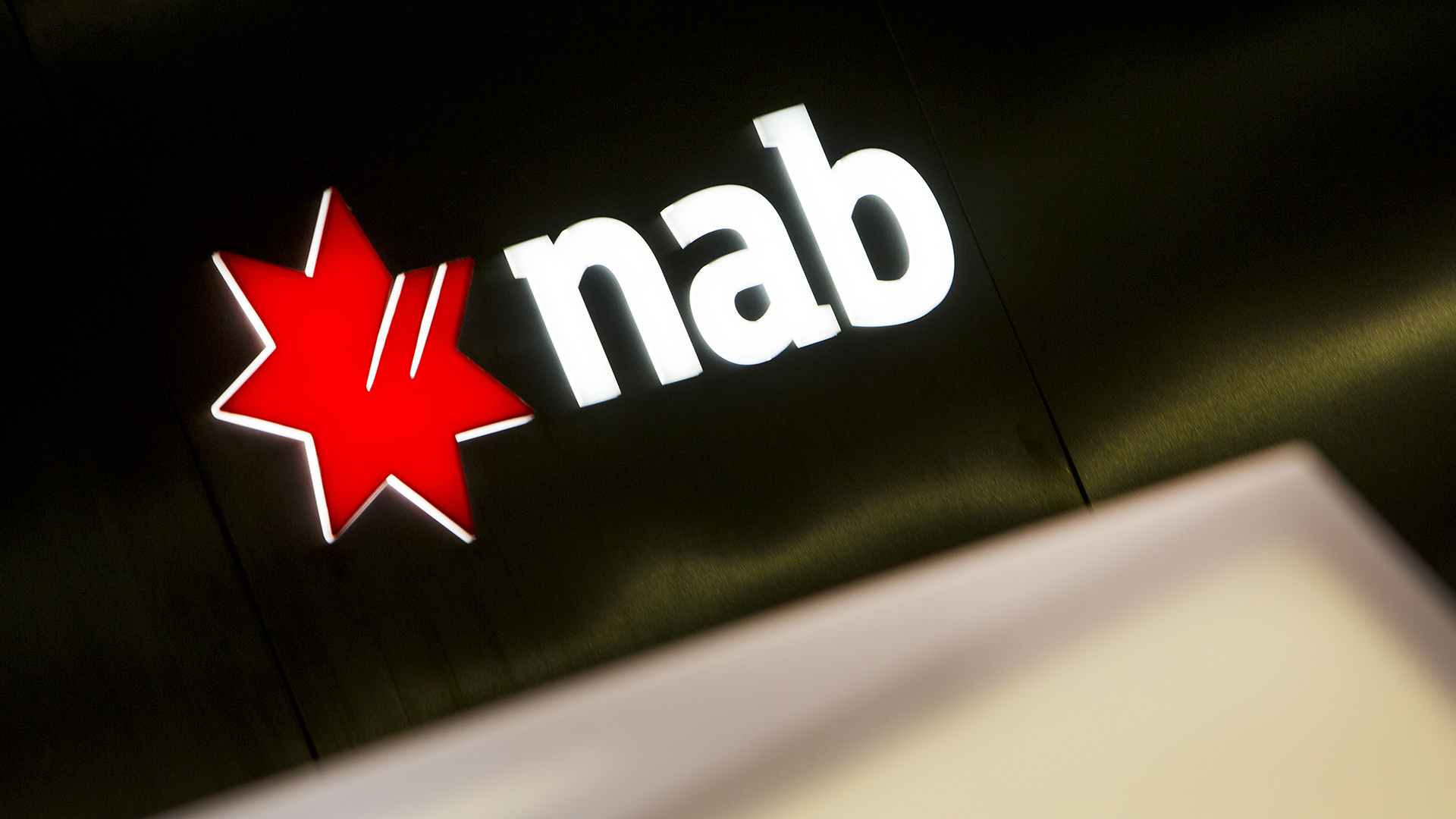NAB’s Steve Lambert, Executive General Manager Capital Financing, spoke at the Australian Clean Energy Summit in Sydney about the bank’s leadership on financing renewable energy projects in Australia and its intention to do the same on a global scale.
INTRODUCTION
Good afternoon, and thank you to the Clean Energy Council for inviting me to contribute today.
It’s great to be at the Australian Clean Energy Summit to talk about a subject that is not only good for the environment, good for the planet, but good for business too – the financing of clean energy.
Importantly, we reached a milestone in recent months, with a resolution coming out of Canberra and the passing of Renewable Energy Target (RET) legislation. While the resolution has been a little time coming, it does provide some certainty for the clean energy industry.
In the business I’m in, certainty means investment. And investment in clean energy infrastructure means economic activity, it means jobs. In short, it is good for the country, and it’s good for business.
The economic opportunities and the potential of this sector are immense. I read recently Clean Energy Council chief, Kane Thornton, saying Australia could expect about $10 billion of investment and thousands of jobs created over the next five years, on the back of the RET decision. That would be a significant lift on the level of investment in Australia in 2014, of almost A$5 billion – down on previous years. Compare that to the global investment in renewable energy in 2014, which was upwards of A$360 billion.
Even without certainty, NAB has made significant inroads, and hit a few milestones of our own in the last six months or so. We have a long-standing commitment to the renewable energy sector, and are clear about our impact investing agenda.
INVESTMENT AND OPPORTUNITY
NAB recognises the importance of renewable power globally and the importance of Australia’s clean energy industry both now and into the future. We recognise environmental challenges such as climate change, resource scarcity and natural capital loss and degradation affect our economy and society. Importantly, we also recognise the business and economic opportunities in this growth industry – and we’re doing something about it.
In December last year, NAB raised $300 million in Australia’s first ever bank-issued climate bond. It was the first time an Australian bank brought a ‘green bond’ to the local market.
The ground-breaking NAB green bond was also the world’s first bank issued bond to be certified in compliance with international Climate Bonds Standards – a benchmark ensuring funds raised are being used for climate change solutions consistent with delivering a low-carbon economy. The 14 renewable energy assets financed included wind farms and solar energy facilities in Victoria, South Australia, Tasmania, Western Australia, NSW and the ACT.
In total, they will have an installed capacity of over 1.5 gigawatts of electricity in aggregate – the equivalent of an estimated 3.9 million tonnes of avoided greenhouse gas emissions. That is enough generated power for around 730,000 average Australian households for one year.
Our climate bond was a long time coming, and was rightly recognised as the most significant environmental impact investing opportunity presented to the Australian market to date. But it is just the beginning.
In March this year NAB issued another green bond, this time raising $205 million in the United States Private Placement market – the first time any renewable energy asset outside of America has been financed entirely by US investors. The finance was for Hallett Hill (2) wind farm in South Australia, which has a total capacity of 71.4 megawatts, with 34 turbines.
This commitment to the industry has not only been long term, but consistent. NAB is the only bank to have project financed at least one utility scale renewable power project in each and every one of the last ten years. As the leading arranger of project finance for renewable energy projects in Australia, NAB has committed more than A$1.8 billion in funding for local transactions over that time.
But our reach is not reserved to Australia. We have funded geothermal projects in New Zealand and Indonesia as well as wind farms and solar PV plants in the UK and mainland Europe. In total since 2003, that’s 4.63GW worth of renewable energy assets financed worldwide, and A$3.8 billion debt committed by NAB globally including A$1.4bn in Europe and A$2.4bn in APAC.
This work has placed our bank very much at the forefront of product innovation and environmental financing in this country. And we know that the debt markets can play a pivotal role in financing a low carbon economy and help the renewable energy sector continue to grow. Since 2005 NAB has arranged just over A$11 billion worth of renewable energy projects. But our work is not just bonds.
In yet another landmark deal this year, NAB partnered with the Clean Energy Finance Corporation (CEFC) to provide Australian businesses with access to discounted funding for energy efficiency and renewable energy upgrades.
The $120 million funding program, announced just last month, is already hugely popular, and offers businesses of all sizes discounted equipment finance rate of 70 basis points for assets that cut energy use or generate renewable energy. And that’s across a wide range of assets including cars, irrigation systems, solar PV, building upgrades, lighting upgrades, processing line improvements and refrigeration.
NAB is already a leader in Australia in its support of and commitment to the clean energy industry. Yet there is so much more to do, here in Australia, but globally as well.
NAB’s ambition is to be world leader in this space. We want to provide the renewable energy sector with access to innovative, new funding sources. We are committed to being at the top end of that table in years to come. And the best way to do that, in the first instance, is to continue to develop the clean energy industry here.
We want to continue to raise the profile of the green bond asset class in Australia and beyond. And we want to provide our customers and investors with the opportunity to invest in something that can not only deliver good financial returns, but address social and environment issues as well.
CONCLUSION
I’ll finish on a project we have through the Bank of New Zealand (BNZ), which is part of the NAB Group. BNZ has established a rejuvenation project with a local trust for New Zealand’s largest and most famous – yet now declining – indigenous tree. They plant 100 kauri seedlings for every new Kauri bond issue they arrange, with 4400 kauri seedlings having been planted since July 2008. All these and future bond issues will form part of the BNZ Kauri Forest.
The reason I mention this is because like the Kauri seedlings that have been planted, we’re seeing the first green shoots in the next phase of Australia’s renewable energy sector. And like the majestic tree the seedling will become, NAB will play an important role in its future.
ENDS




